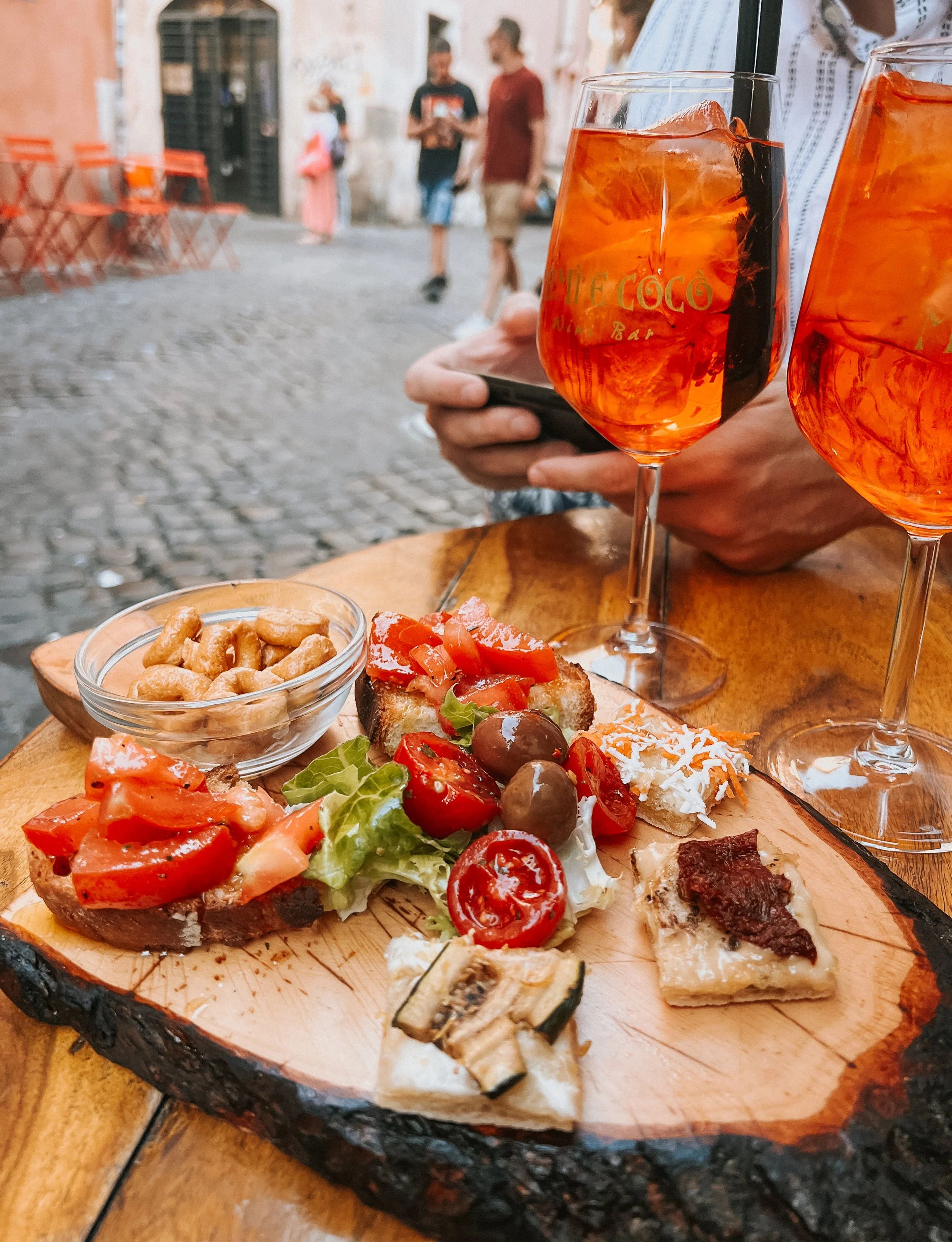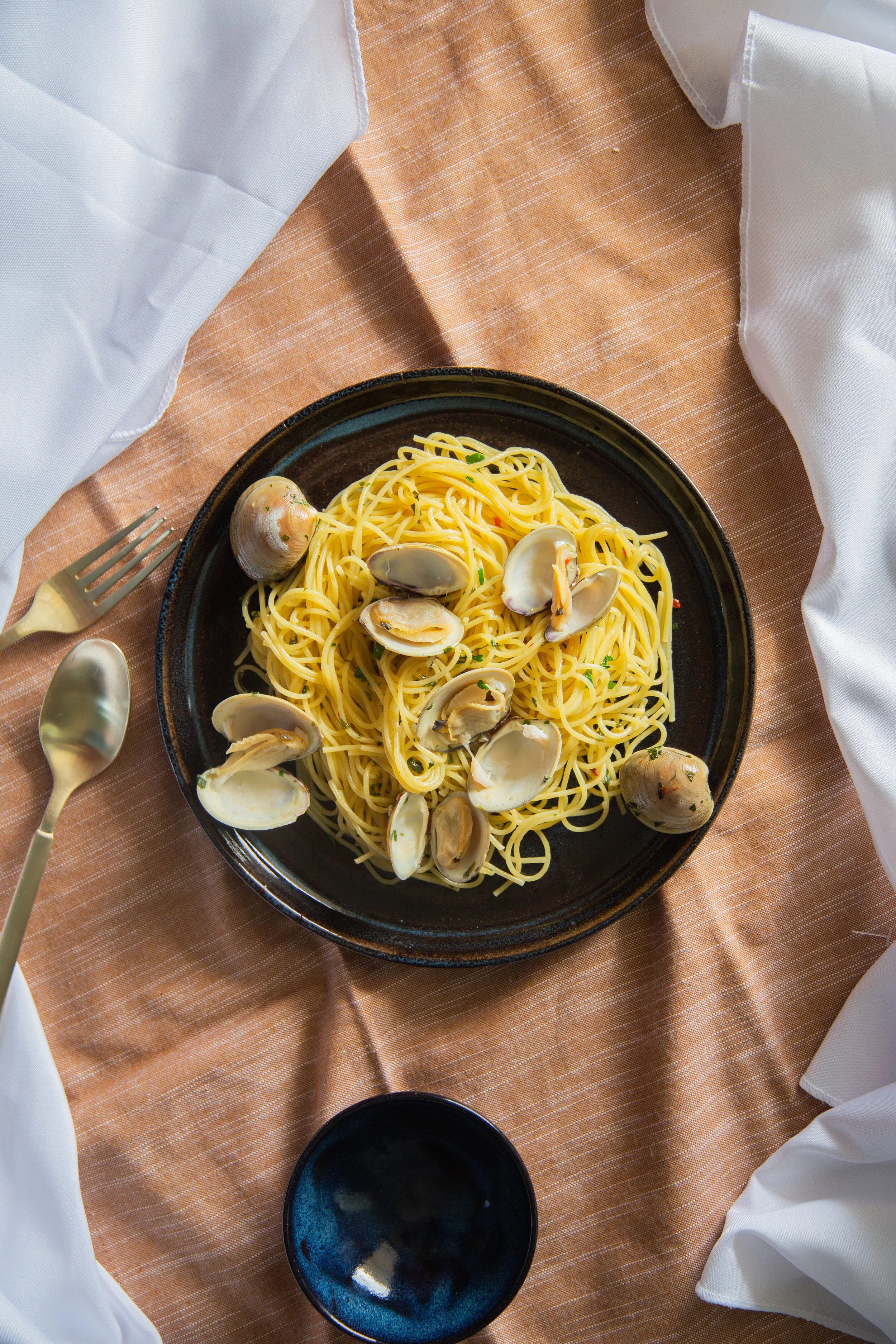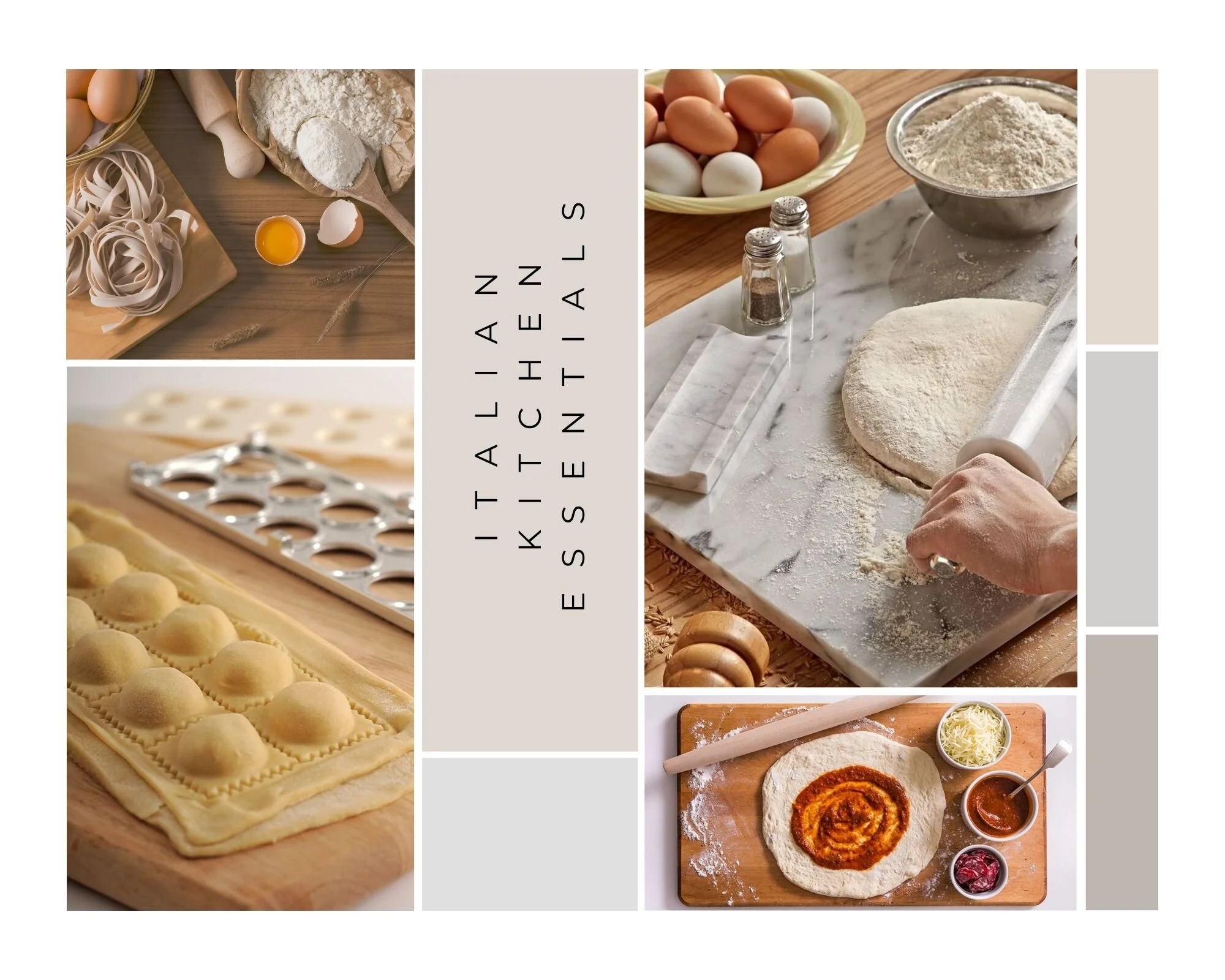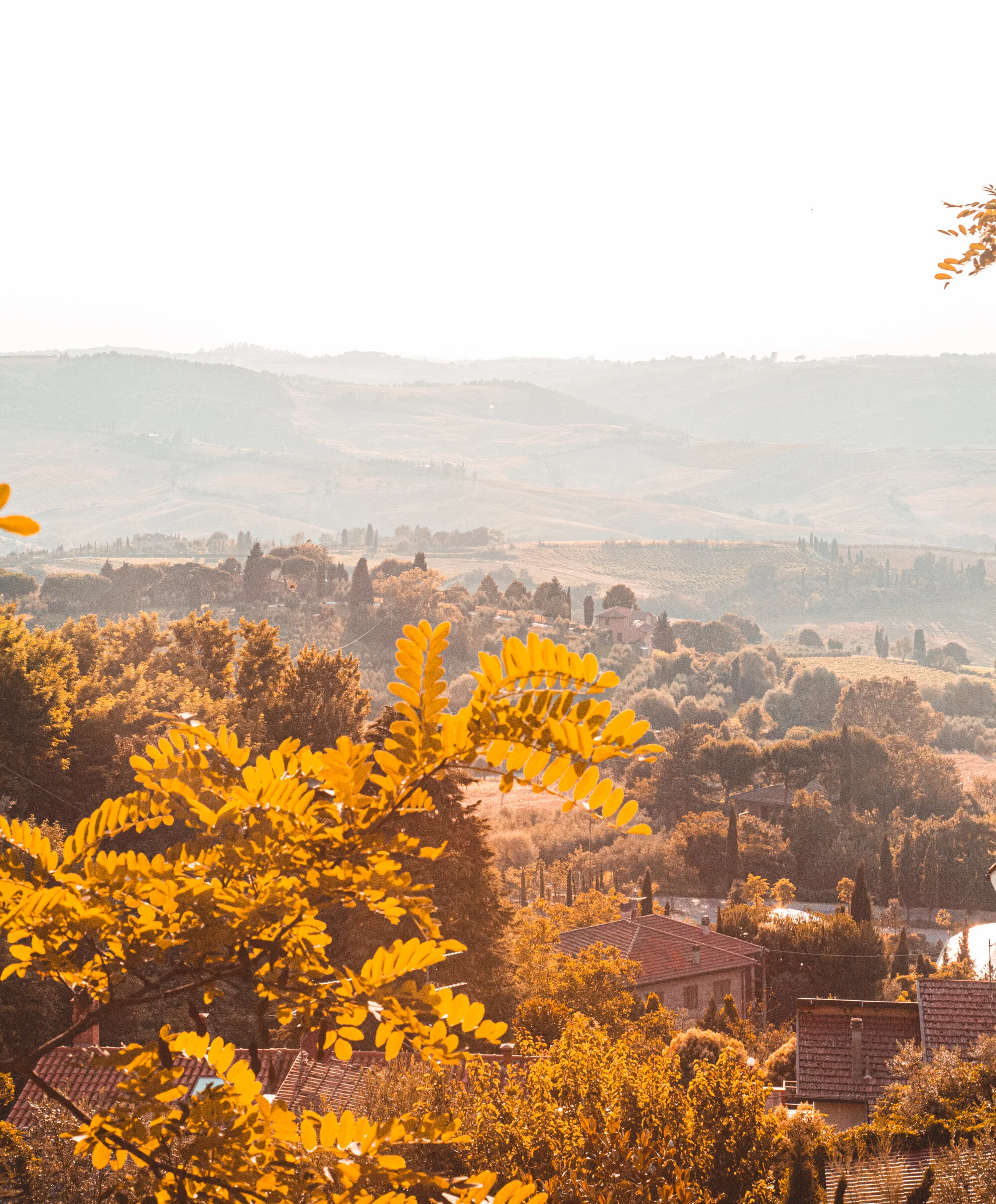This Italian Practice Is Nominated For UNESCO’s Intangible Cultural Heritage List
A few months ago, I shared that I’m a total nerd when it comes to UNESCO and its mission to spread world peace through preservation. Cultural studies are wonderfully fascinating for my nerdy self… and it seems like many of you also share that geekiness! In starting the Roaming Italy project, I knew I wanted to not only delve into cooking, but also cultural pieces and blog posts related to Italy’s history and culture. And here we are!
Italy and UNESCO are truly two peas in a pod. Italy has a grand total of 55 UNESCO World Heritage Sites - the most out of any country in the world (… although it’s tied with China)! So it goes without saying, Italy is a dream come true for cultural heritage seekers.
UNESCO‘s Intangible Cultural Heritage recognizes “practices, representations, and expressions, and knowledge and skills which are transmitted from generation to generation and which provide communities and groups with a sense of identity and continuity.” Essentially, its job is the protect the world from historical amnesia. This program has a list of 38 elements for protecting… made up of everything from music to dance, to food and crafting and more.
As it turns out, in 2021, there’s one new Italian art nominated for this list. Today, I’m covering this practice for those who might add it to their bucket lists next time they travel to bella Italia. Here we go!
What’s Nominated
Drum roll please… our potential addition to the UNESCO Intangible Cultural Heritage List is the practice of truffle hunting. Now, let’s get into it…
Truffle Hunting & Extraction
The Italian truffle is one of the most coveted ingredients throughout the world. They’re highly difficult to cultivate (due to their touchy requirements in specific soil and moisture) - making them intensely sought after and prized in the culinary world.
And, it turns out, the practice of hunting and extracting such an ingredient is a well-practiced, skilled art form that requires an incredible amount of knowledge. These bearers of information are known as “Tartufai” and their practice has been transmitted orally for centuries. These range of skills require a deep understanding of climate, vegetation, ground morphology, ecosystems and a strong relationship between the truffle hunter and their dog.
As truffles come from roots of specific trees and their underground fungus, the hunting process and the identification of the areas that can foster the growth of the truffle require great attention to detail. Even more intense is the technique of identifying and extracting the precious ingredient! A dog’s training and ability to act without altering the soil conditions is paramount… a gentle touch allows truffles to continue to thrive.
The tradition of truffle hunting has been handed down through stories and habits shared in festivals and events… and is part of a community and national network of “Tartufai” in Italy. This community organizes and exchanges ideas and practices amongst these ingenious hunters - making it (in my humble opinion!) the perfect fit for UNESCO’s Intangible Cultural Heritage list!
If you’ve ever had a truffle-topped dish or tasted a small sample of the rich delicacy… you’ll know that the practice of hunting and extracting such a gem is one worth remembering for generations to come!
Backlogged Nominations
There also happen to be two other nominations associated with Italy that have been backlogged in 2021! They are the tradition of Lipizzan horse breeding and Tocatì. Here’s a quick look into these practices…
Lipizzan Horse Breeding
The Lipizzan horse breeding tradition comes from the stud farm of Lipica, dating all the way back to 1580. It’s known for bringing excellent stamina, strength, intelligence and athletic capabilities of its horses. This breeding tradition has been in practice for over 450 years and has united the countries of Austria, Bosnia, Herzegovina, Croatia, Hungary, Italy, Romania, Slovakia and Slovenia as a shared cultural practice used in events, equestrian sports and social and cultural gatherings.
Tocatì
Tocatì is a shared program for traditional Italian and European games and sports. Some of its most notable games include…
Il “Gioco delle noci” (game of walnuts) – played by a community of women in the village of Monterosso al Mare in the Liguria Region.
“Gioco del Truc” (game of Truc) - played in Cividale del Friuli in the Friuli Venezia Giulia region. Before Easter, the streets and squares of the village are build wide basins of sand with a “launching ramp” made from roof shingles. Easter eggs are slid down the ramp and players aim to hit their competitors’ eggs in the basin.
“Giochi di osteria” (tavern games) – played in the taverns of Santa Fiora in the Tuscany Region in winter. These games include dropping a Panforte cake as close to the edge of the table without completely dropping it on the floor. Other tavern games in Italy include “Campana di Lama Mocogno” from the Emilia Romagna region, which consists of throwing coins on a wooden board, divided into scored sections.
Racing street games – played throughout the country, but most notably tied to Genoa in the Liguria region, these racing games are played with marbles or crown caps called “Ciclotappo” (Game of Cycle Cup).
What’s Already On The List?
If you’re curious to know what Italian arts and practices are already on UNESCO’s Intangible Cultural Heritage List… there’s so much to unpack! Here’s a quick run down of the 14 arts and practices that already sit proud on UNESCO’s list.
Musical Art of Horn Players: an instrumental technique linked to singing, breath control, vibrato, resonance of place and conviviality
Transhumance: the seasonal droving of livestock along migratory routes in the Mediterranean and in the Alps
Cultivating ‘Vite Ad Alberello’ (head-trained bush vines): traditional agricultural practice of the community of Pantelleria
Canto A Tenore: Sardinian pastoral songs
Opera dei Pupi: Sicilian puppet theatre
What do you think?
Are there other Italian cultural arts and practices you’d love to see added to the UNESCO Intangible Heritage List?
Truffle photos by @kaicaironejpg













